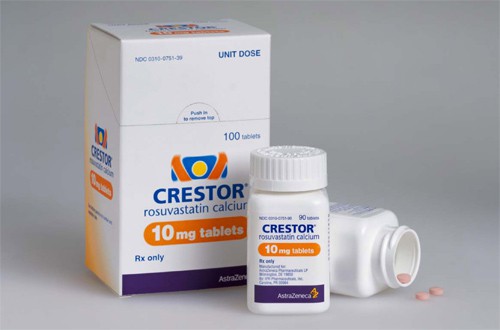
Long-awaited new guidelines on the use of statins were published in the US yesterday, and promise to dramatically increase prescribing of the cholesterol-lowering drugs.
The highly-regarded guidance from the American Heart Association (AHA) and American College of Cardiology (ACC) places more emphasis on patient characteristics such as age, gender, race and concomitant diseases and less on lab values for cholesterol levels in the blood.
The document looks at various treatments designed to reduce atherosclerotic cardiovascular risk in adults and – for the first time – includes stroke and diabetes among the factors that should lead to prescribing decisions.
All told, it is estimated that around a third of the entire US population would be eligible for statin treatment if the recommendations were applied to the letter. At the moment statins are prescribed for around a quarter of Americans aged over 40, but this could increase to 44 per cent of men and 22 per cent of women.
Analysts suggest, however, that the reduced importance of total and LDL cholesterol levels mean that some statins marketed on the back of for high potency – notably AstraZeneca’s Crestor (rosuvastatin) – could actually see a brake on sales.
“With target LDL levels no longer a metric to push towards, Crestor’s main differentiation will be blunted in our view,” commented Savvas Neophytou of Panmure Gordon in a research note published this morning.
Specifically, the AHA/ACC recommendations focus on four patient groups: people with established atherosclerotic cardiovascular disease; those with LDL cholesterol levels of 190mg/dL or higher because of genetic risk; older people (aged 40 to 75) with type 2 diabetes; and those with a 10-year risk of heart disease greater than 7.5 per cent.
It also gives advice on the intensity of statin therapy that should be employed, with high-potency drugs such as Crestor and generically-available atorvastatin reserved for patients with atherosclerosis and LDL cholesterol levels above 190mg/dL.
People with diabetes can be treated with a moderate-intensity statin, while those at high risk of heart disease could receive either a moderate- or high-intensity drug.
“Crestor’s unique selling point had been its efficacy, so treating to specific targets was a key driver for switching to more efficacious statins if cheaper generics did not work,” noted Neophytou.
“This will no longer be the case,” he added, noting that Panmure now expects Crestor sales of $5.1bn next year, declining to $4.5bn in fiscal 2015.
The product is expected to achieve sales of around $5.6bn this year, down from $6.2bn in 2012 mainly as a result of competition from generic atorvastatin.




